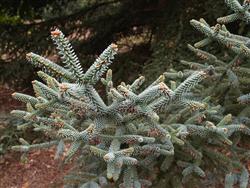 How to Grow Conifers
How to Grow Conifers
Growing conifers in the home garden
Growing conifers as a business
Using conifers in designed landscapes
Caring for conifers
Eight lessons provide you with a systematic understanding of the way conifers are classified, show you how to identify the differences between types and develop your understanding of cultural requirements common to the whole group and differences in cultural techniques needed for specific types of conifers. Sections of this course look in detail at trees (e.g. Pines, Cedrus, Spruce), small shrubs, medium shrubs, native conifers and rarer varieties.